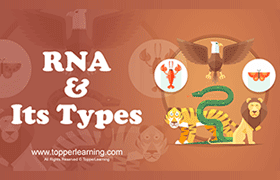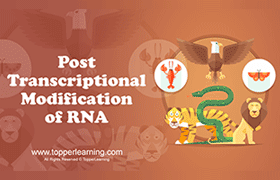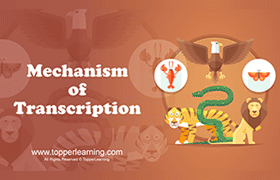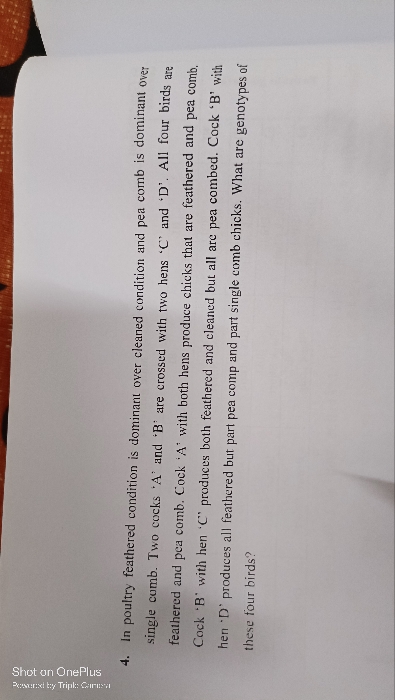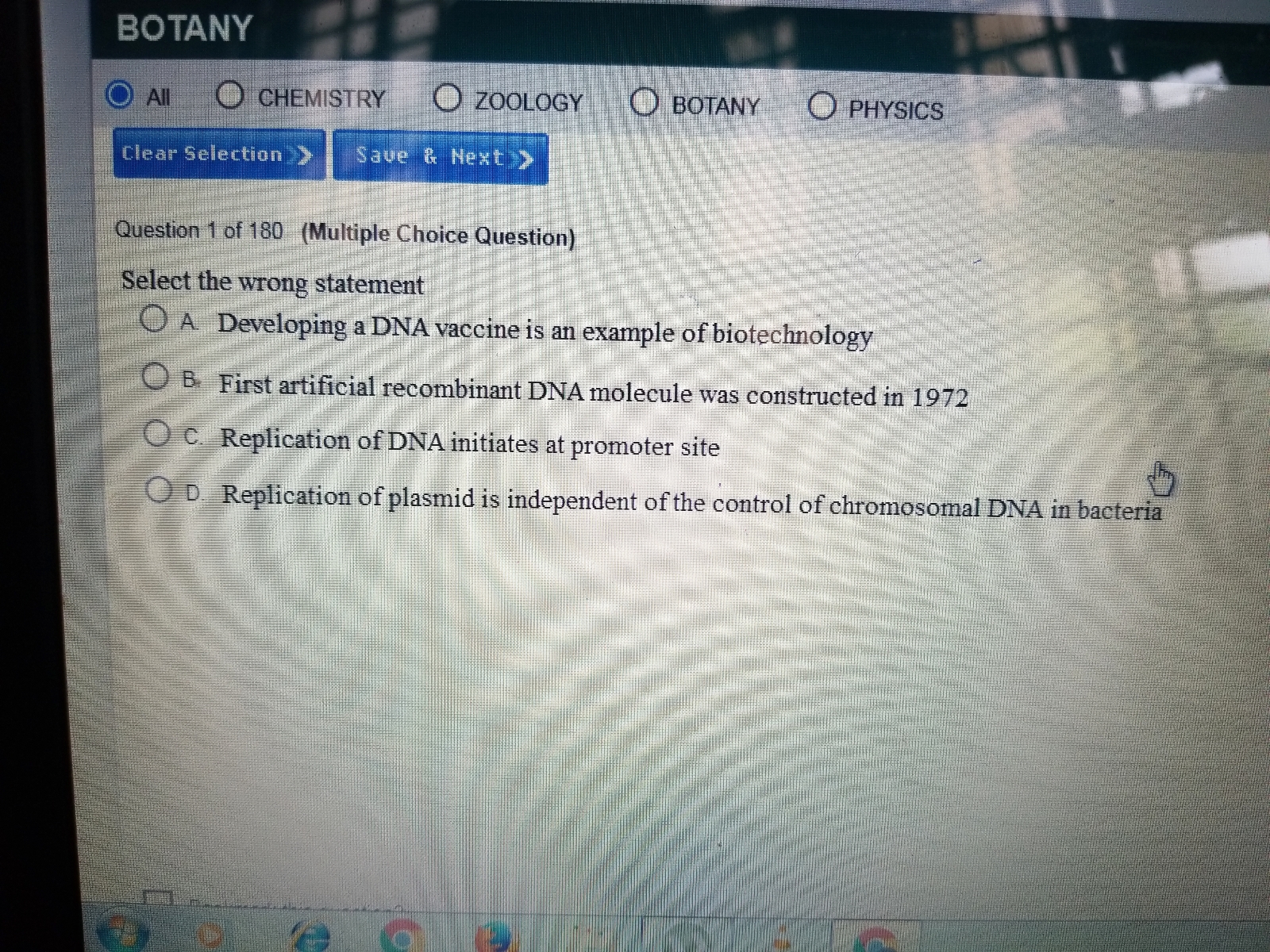NEET Class neet Answered
explain this
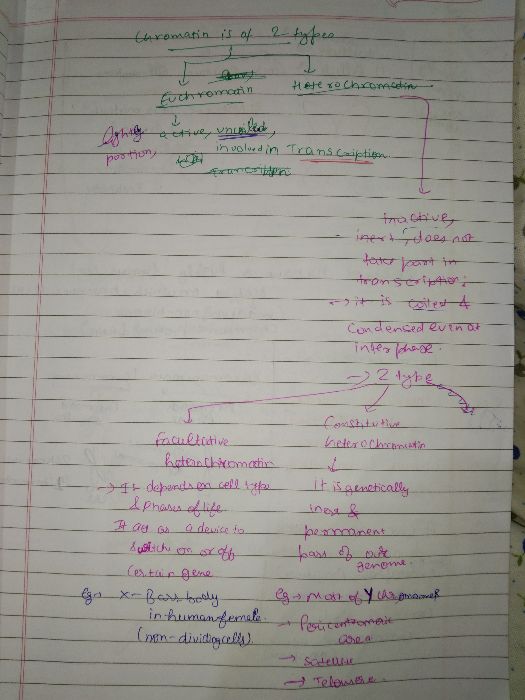
Asked by vanshkamboj598 | 06 Aug, 2022, 02:25: AM
- Chromatin is a complex of proteins and DNA in which the formation of chromosomes happens. There are two types of chromatin in existence which are euchromatin and heterochromatin.
- One form, called euchromatin, is less condensed and can be transcribed. The second form, called heterochromatin, is highly condensed and is typically not transcribed.
- Heterochromatin is a tightly packed form of DNA or condensed DNA, which comes in multiple varieties. These varieties lie on a continuum between the two extremes of constitutive heterochromatin and facultative heterochromatin.
- All cells of a given species package the same regions of DNA in constitutive heterochromatin, and thus in all cells, any genes contained within the constitutive heterochromatin will be poorly expressed. In most organisms, constitutive heterochromatin occurs around the chromosome centromere and near telomeres. For example, all human chromosomes 1, 9, 16, and the Y-chromosome contain large regions of constitutive heterochromatin.
- The regions of DNA packaged in facultative heterochromatin will not be consistent between the cell types within a species, and thus a sequence in one cell that is packaged in facultative heterochromatin (and the genes within are poorly expressed) may be packaged in euchromatin in another cell (and the genes within are no longer silenced). An example of facultative heterochromatin is X chromosome inactivation in female mammals: one X chromosome is packaged as facultative heterochromatin and silenced, while the other X chromosome is packaged as euchromatin and expressed.
Answered by Sheetal Kolte | 08 Aug, 2022, 12:27: PM
Concept Videos
NEET neet - Biology
Asked by hemalathaar10 | 14 Apr, 2024, 10:33: PM
NEET neet - Biology
Asked by aarefin06 | 21 Mar, 2024, 08:31: AM
NEET neet - Biology
Asked by myindiaisbad | 29 Mar, 2023, 03:30: AM
NEET neet - Biology
Asked by manalishabasumatary027 | 07 Jan, 2023, 10:48: PM
NEET neet - Biology
Asked by vanshkamboj598 | 06 Aug, 2022, 02:25: AM
NEET neet - Biology
Asked by vanshkamboj598 | 06 Aug, 2022, 02:24: AM
NEET neet - Biology
Asked by sanchitdora5 | 26 Jul, 2021, 07:25: AM
NEET neet - Biology
Asked by brindhad23 | 09 Jul, 2021, 09:06: PM
NEET neet - Biology
Asked by anjalibaddipudi | 28 Mar, 2021, 01:05: PM

